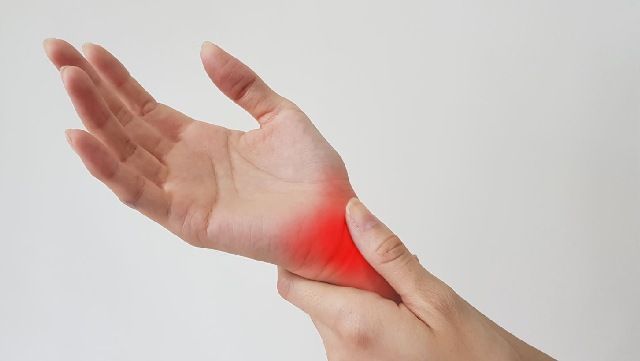Tennis Elbow
What Is Tennis Elbow?
Tennis elbow, with an official medical term of external humeral epicondylitis, is a common problem of the elbow. While the pain occurs on the lateral side of the elbow joint, the condition is mainly featured by symptoms such as local pain and weakness of the elbow and wrist. Tennis elbow originally got its name because it commonly happened among tennis players who hit backhands. However, most of the patients nowadays did not get the condition from playing tennis. In fact, some even never played tennis. The high-risk groups of tennis elbow include people who need to rotate their arms strenuously, bang on objects repeatedly, or carry heavy objects for prolonged periods of time. For example, clerks who often use computer keyboards, cooks, porters, renovation workers, construction workers, housewives, etc.


